At this hopeful yet challenging juncture, companies aiming to navigate the technological transformation cycle and remain competitive must adopt a grounded approach, taking one step at a time.
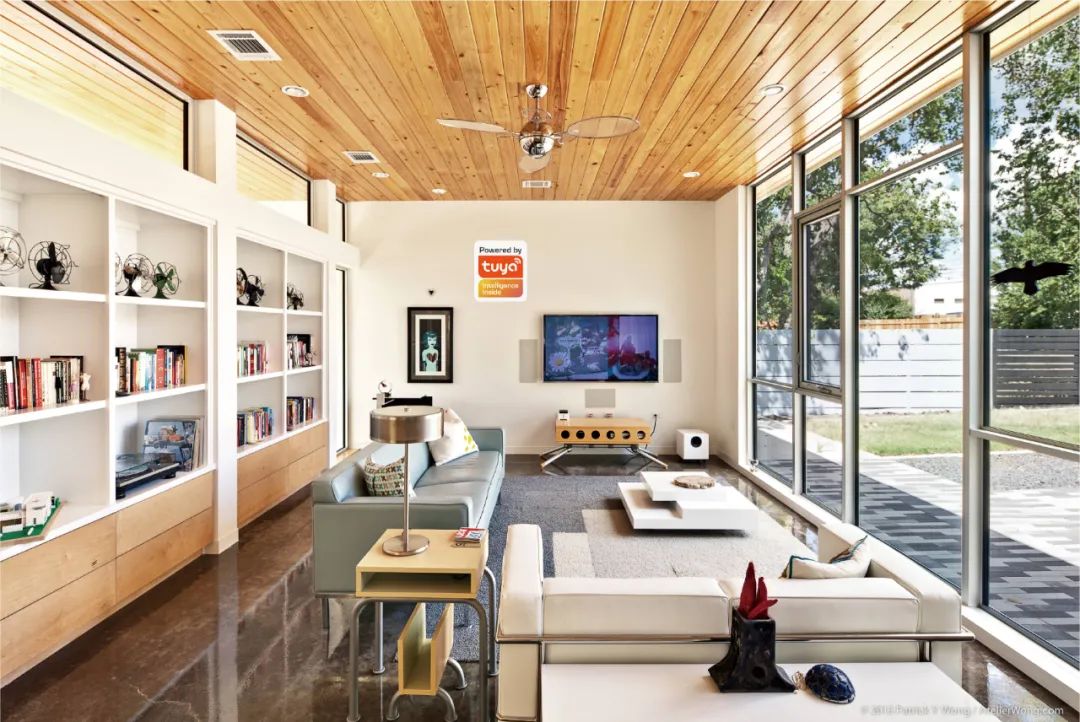 By | Shi Ran
By | Shi Ran
In a factory in Shangyu, Shaoxing, Zhejiang, workers are assembling LED lights. This is the factory of Meike Lighting, a lighting company where the production line is gradually being replaced by automated equipment, and a new unmanned production line is about to be put into operation. However, Meike is currently focusing more on the intelligent transformation of its products.
Meike Lighting was established in 2009, at a time when the LED lighting industry was just beginning to explode. Chairman Yu Gang saw this opportunity and founded Meike Lighting, initially targeting overseas markets, believing that it was easier to start in the overseas market given the circumstances at that time.
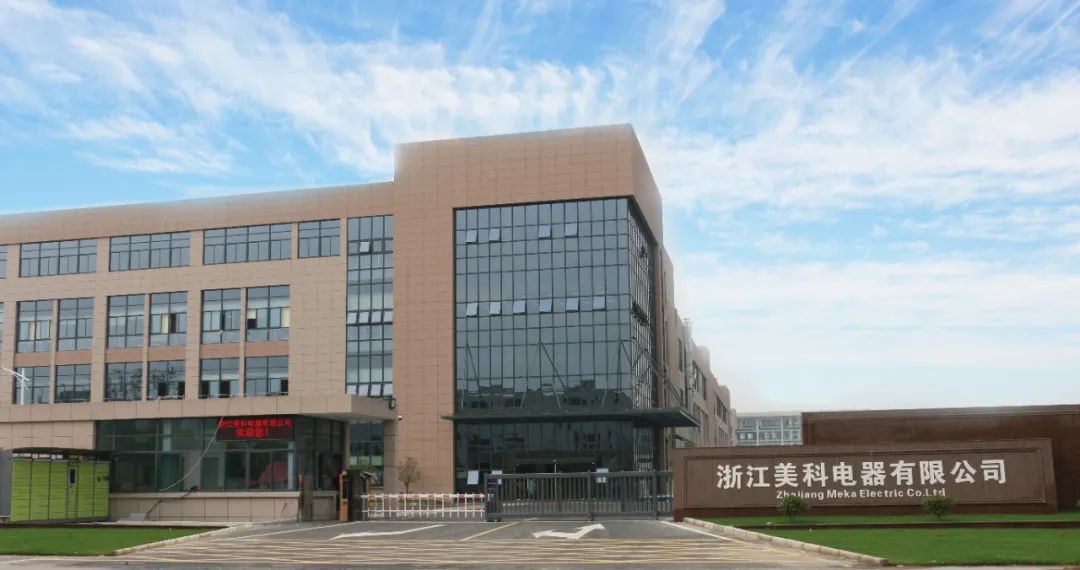
In June 2019, Meike Group reached a cooperation agreement with Tuya Smart.
By 2019, Meike’s annual revenue had exceeded 1.5 billion yuan, and the lighting sector had already shown an oligopolistic pattern, with small companies nearly disappearing, leaving only major players. Meike emerged from the fierce market competition and Yu Gang began to consider transforming into smart lighting.
At that time, Yu Gang did not fully understand what smart products were; his intuitive feeling was that connecting lights to the internet would suffice. Various solutions, such as Bluetooth and Wi-Fi, had already appeared on the market. He visited various places to learn and discovered that it was also necessary to connect to the cloud and operational platforms. Yu Gang recalled that this period was very painful as he was constantly learning. He needed to find a partner to reduce the time and financial costs of learning to outpace competitors.
After multiple contacts with the IoT cloud platform Tuya Smart, in June 2019, Yu Gang placed a large order with Tuya for 1 million smart modules. This was considered a large order in the lighting industry at that time, as traditional companies typically start with small-scale trials before gradually increasing their investment.
Yu Gang wanted to push himself; he felt this was an opportunity. Although traditional business continued to grow, the trend towards smart products was inevitable, and one could not choose to ignore it.
Initially, the order volume was pitifully small, with only 200 or 300 units. By September, Tuya surprisingly connected Meike with some overseas channels, and the order volume began to rise to 2000 or 3000 units. Yu Gang personally experienced the power of the platform and felt he had seized the opportunity.
Driven by technologies such as artificial intelligence, cloud computing, and 5G, the IoT industry is rapidly developing. Market research firm IDC predicts that the global IoT market, including hardware, software, and services, will grow from $659.2 billion in 2019 to $1.1126 trillion in 2024, with a compound annual growth rate of 11.0%. Smart homes are a very important part of the IoT field, with Yiou Research estimating that the Chinese smart home market has reached a scale of hundreds of billions and is showing an upward trend year by year. In 2020, the smart home market size was approximately 435.4 billion yuan, and it is expected to exceed 800 billion yuan by 2025.
China has a large number of traditional hardware manufacturers facing the major trend of smart and digital transformation, but the transition is not easy. Leading hardware manufacturers have already built up their strengths, and the number of emerging smart hardware companies is increasing. Moreover, many traditional manufacturers focus on a single type of product, and to achieve smart transformation, they need interconnectivity across different categories, relying on the power of platforms.
Opportunities
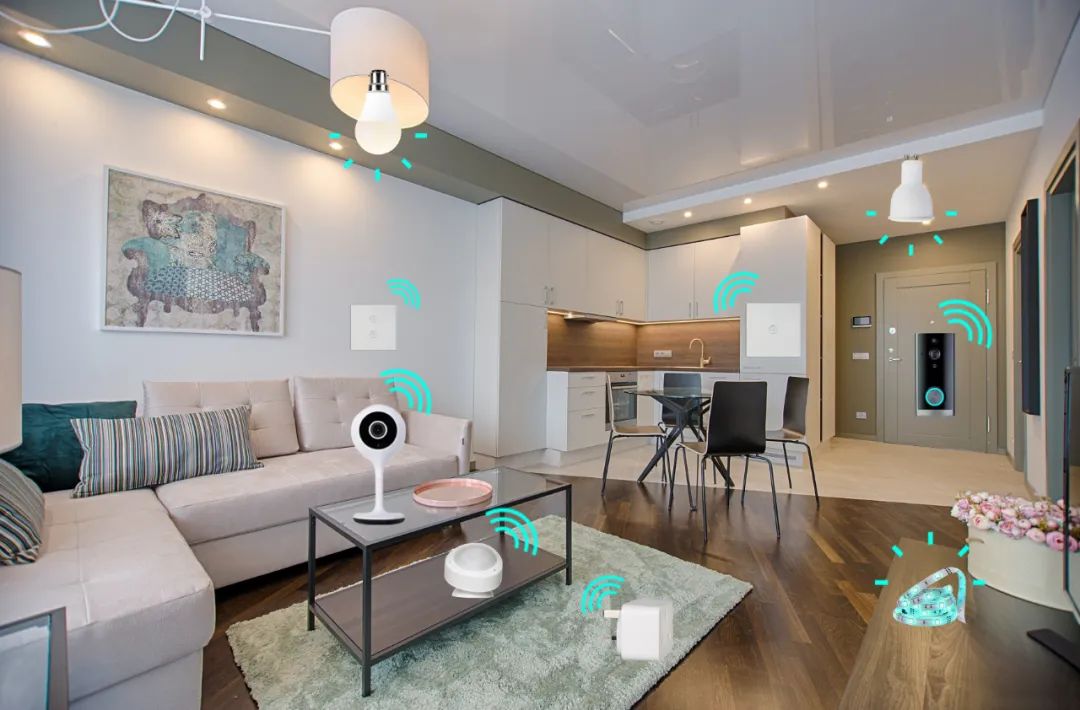
Connecting home products to the internet is an inevitable trend.We are familiar with smart TVs, robotic vacuum cleaners, and smart speakers, but these products typically have only 1-2 units per household. In terms of quantity, the most common are lights and sockets, which can achieve more complex functions.
One of Yu Gang’s clients has over 160 lights in their home.
His partner Tuya happened to have initially focused on sockets and lighting. In the lighting sector, the industry is relatively concentrated, and leading manufacturers like Meike quickly feel the market changes. Initially, Yu Gang would constantly communicate with customers, saying, “If there is demand, we will definitely feel it first.”
Since 2019, he has gradually heard news related to smart lighting, which solidified his determination to push forward. His main sales channel is offline, and with limited shelf space, entering the market early allows for securing a position.
In the past, Meike had a two-month payment term for purchasing components, but this time, in cooperation with Tuya, he directly prepaid three months’ worth of deposits. Traditional factories often face inventory pressure, and Meike is no exception. When Yu Gang decided to purchase 1 million modules, he faced opposition from senior management, who believed it could lead to six months to a year of inventory, affecting management performance. He stood firm against the opposition and made a military order on the spot: “I will take responsibility for any inventory.”
This decision was later proven to be correct. The first batch of smart lights sold out in three months. Following this, Meike and Tuya established a long-term cooperative relationship, transitioning from Tuya’s sales personnel repeatedly urging him to place orders to him constantly pushing Tuya for shipments.
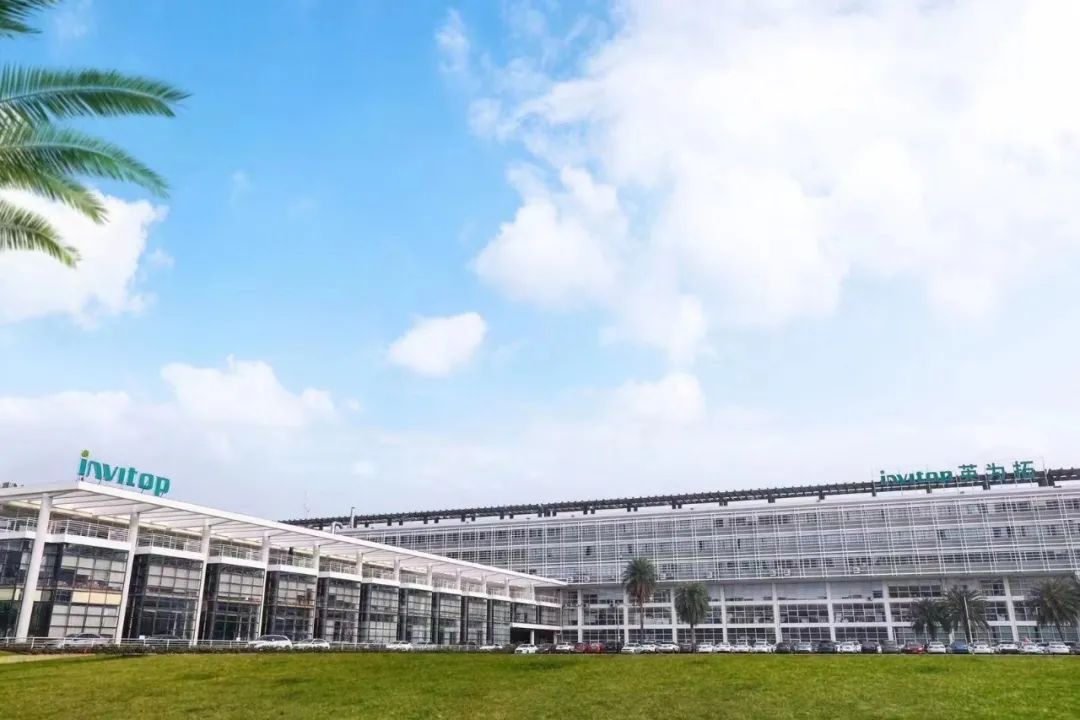
After cooperating with Tuya, the revenue from Yingweitai’s smart product line has been growing at several times the rate each year.
Smart home company Yingweitai began its cooperation with Tuya as early as 2014. At that time, founder Li Yisheng noticed that robotic vacuum cleaners were selling very well. Having experienced them, he felt they were completely different from traditional products, which inspired him to enter the smart home field.
Founded in 2013, Yingweitai primarily produces small appliances, including dehumidifiers and air purifiers. Li Yisheng’s judgment about the industry trend was correct, and the company now has an annual revenue of around 800 million yuan.
Yingweitai’s flagship product is the dehumidifier, which is a functional product where the smart experience is not very obvious. In contrast, the air purifier has a higher technological perception, such as automatically detecting air quality, identifying harmful gases like PM2.5 and formaldehyde, automatically turning on, and adjusting parameters.
By the end of 2018, another appliance company, Hongshi Electric, led by General Manager Hu Yonggen, visited a supplier and discovered a factory that had already developed some successful smart products. However, the factory faced difficulties and decided to relocate, so he directly acquired the factory.
This factory had already cooperated with Tuya since 2015, and Hongshi Electric began its smart transformation due to this acquisition. From 2019 to 2020, Hongshi developed a series of smart electrical, lighting, and security products, transitioning from its origins in electrical products.
When considering whether to continue cooperating with Tuya, Hu Yonggen also weighed the options. Ninety percent of Hongshi’s revenue comes from overseas markets, and Tuya has significant influence in these markets, which can help open sales channels.
After the transformation, the results were significant, with revenue from the smart product line growing at several times the rate each year, reaching parity with traditional business, which only grew by 15% annually.
Smart home company Mirui Technology was established in 2017, with team members coming from traditional security companies. From the outset, Mirui decided to differentiate itself from traditional security products and focus on the more promising smart home products.Initially, Mirui only commissioned Tuya to develop cloud storage, but during the cooperation, they discovered increasing demand in overseas markets, and smart video products became an important supplement to the Tuya platform, leading to a deep cooperative relationship.
Mirui focuses on IoT smart video products. Traditional security products operated as standalone devices without interaction with apps and servers, making them inconvenient and offering a poor user experience, with complicated installation and high usage costs. The emergence of smart video products addressed these pain points for users. Additionally, many overseas users live in large, open single-family homes, making video surveillance a basic necessity. Mirui also shifted its focus to overseas markets, starting from Europe and America and gradually penetrating globally.
Through cooperation with Tuya, Mirui’s product sales grew dozens of times within three years of launch, placing it among the global leaders in this niche.
All four companies have struck gold due to the wave of smart transformation, each forming a relationship with Tuya through various opportunities, and the results appear to be correct. They look forward to more changes, but life is always like this; change, hesitation, and difficulties always accompany each other, inseparable.
Reconstruction
The first issue faced when upgrading from traditional products to smart products is cost.Yu Gang stated that a smart bulb’s cost increases tenfold, but the end-user experience may not be significantly different.For instance, one of his traditional LED bulbs sells for $2 overseas, with a cost of 3 cents. After upgrading, the cost rises to $3, with a selling price of $6-$7.The bottom line that users can currently accept is that smart bulbs are only a few dollars more expensive than traditional ones.
For companies like Meike, which have been deeply involved in the industry for over a decade, the issue of sales channels is not significant. However, distributors may not fully understand the value of smart products and the industry’s trends compared to manufacturers. Once costs rise, their willingness to accept may decrease, and if distributors are unwilling to promote, it will certainly affect sales.
Whoever’s willingness is stronger will take the first step. Yingweitai’s approach is to bear part of the cost first. By enhancing the product strength of air purifiers through smart technology in cooperation with Tuya, and actively bearing part of the cost, the product quickly spread in the market, with annual sales now exceeding 1 million units, placing it among the top ten in this niche.
In 2018, Yingweitai launched a smart air purifier in the South Korean market. User preferences in the Korean and Japanese markets differ from those in Europe and America. Li Yisheng noted that Korean users are more accepting of smart products, while American users prefer simpler products. In terms of appearance, the Asian market favors rounded designs, while the American market prefers black and metallic colors, favoring a more rugged appearance.
Hongshi also faced setbacks. In the early stages of product development, the R&D team focused more on product functionality rather than prioritizing efficiency and cost. Ultimately, the product lacked market competitiveness. Additionally, different markets have varying requirements for electrical products. For example, the Indian market has an unstable power environment, and meeting these demands results in low production efficiency and high costs.
Hongshi had to start over. They needed to establish different R&D processes based on different products and markets, considering cost and efficiency from the design stage, reselecting electronic components, and optimizing circuit designs to ensure cost clarity from the design phase.
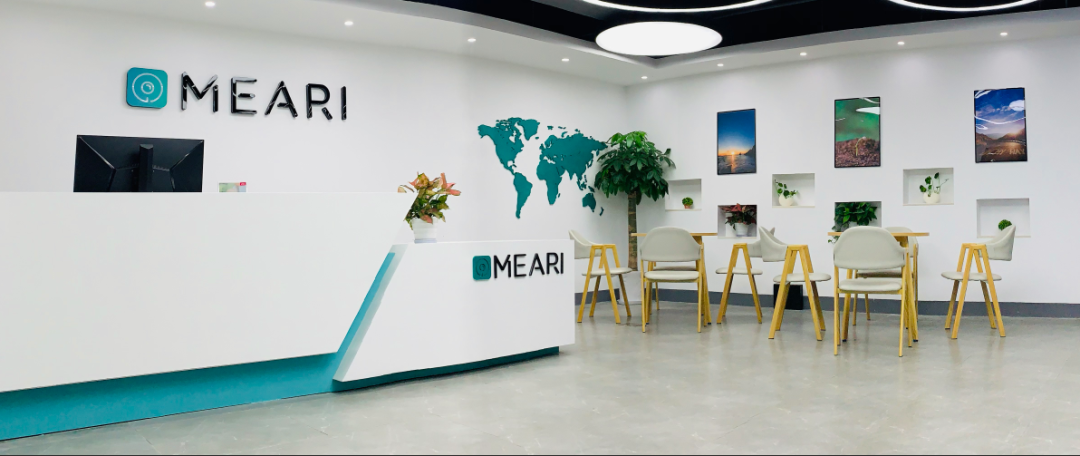
Mirui Technology focused on more promising smart home products from its inception.
In the direction of smart transformation, all manufacturers are at the same starting line, competing on who invests more and whose team capabilities are stronger. Investment relies on determination, but team capability tests overall strength.
Having been in the traditional LED lighting business for ten years, Meike has become a leading enterprise, but Yu Gang has clearly felt the loss of the team’s competitive spirit. After starting cooperation with Tuya, the demand for transformation began to push the team, with overtime becoming the norm, and regular training and learning sessions were organized, creating a hectic environment.
Despite being a traditional leading enterprise in the industry, Meike is still a relatively young company, with no management members over 40 years old. To achieve smart transformation, professional talent is needed. In addition to bringing in external talent, Meike is also cultivating internal talent, encouraging every employee to participate in smart business. “Only by excelling in smart products can we promote and build our brand.”
In 2020, Meike established a separate smart division, bringing in well-performing internal employees.
The lack of talent is a common challenge faced by companies during transformation. Mirui’s general manager Wang Fan told the author that the talent gap is currently the company’s biggest challenge.
Located in Hangzhou, where many large companies are based, Mirui struggles to attract talent, as “our compensation is certainly not as competitive as that of large companies, and we often have to tighten our belts, making it difficult to recruit people.”
Upgrading
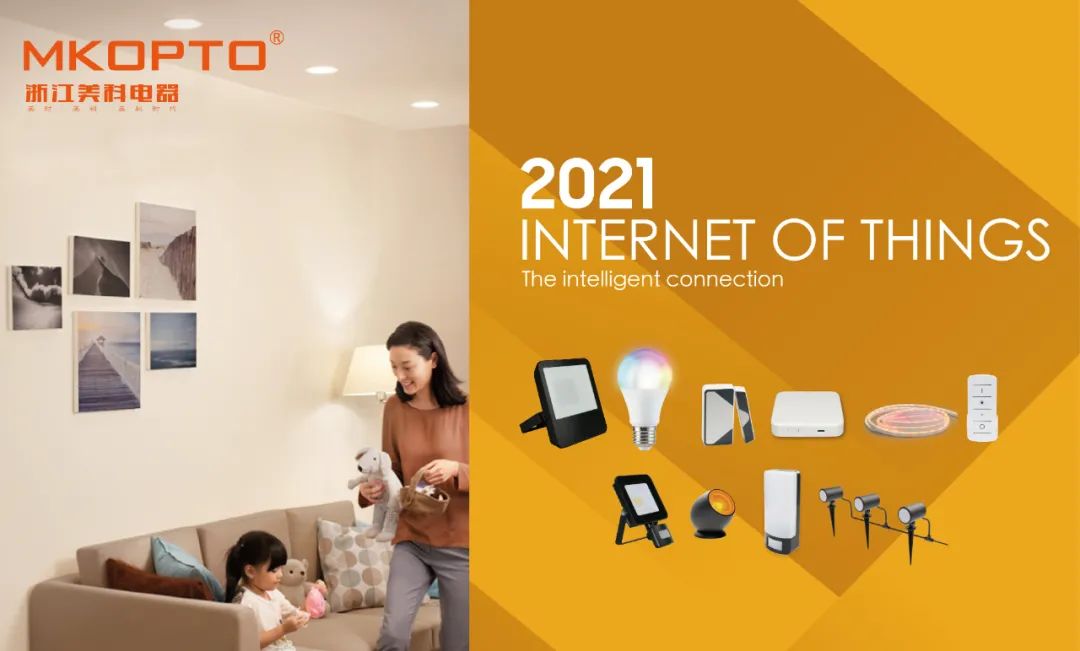
Meike’s smart product line
A positive outcome is that once smart home products enter households, users find it hard to revert to traditional home products.This is a direction that everyone is optimistic about, but much work remains to be done before dawn.
Regardless of how it is defined, smart homes serve people, providing a comfortable living environment centered around residences.
The definition of smart homes is certainly not as simple as being connected to the internet or being able to control devices via mobile phones. Yu Gang explains that when all products in a home are upgraded to smart devices, customized services can be experienced. For example, when arriving home at night, the lights automatically turn on, and the curtains close. When watching a movie at home, the lighting can switch to a movie mode, and when reading, it can change to a reading mode. Different atmospheres can also be created in conjunction with sound and scenes.
Yu Gang stated that in the future, when home products are connected to human body data, they can recognize emotions and physical conditions, automatically adjusting the lighting environment to meet human needs based on these changes.
Li Yisheng also mentioned that only by connecting air purifiers with personal wearable devices can customized services be achieved, “Air purifiers are not just for air; they are for people.”
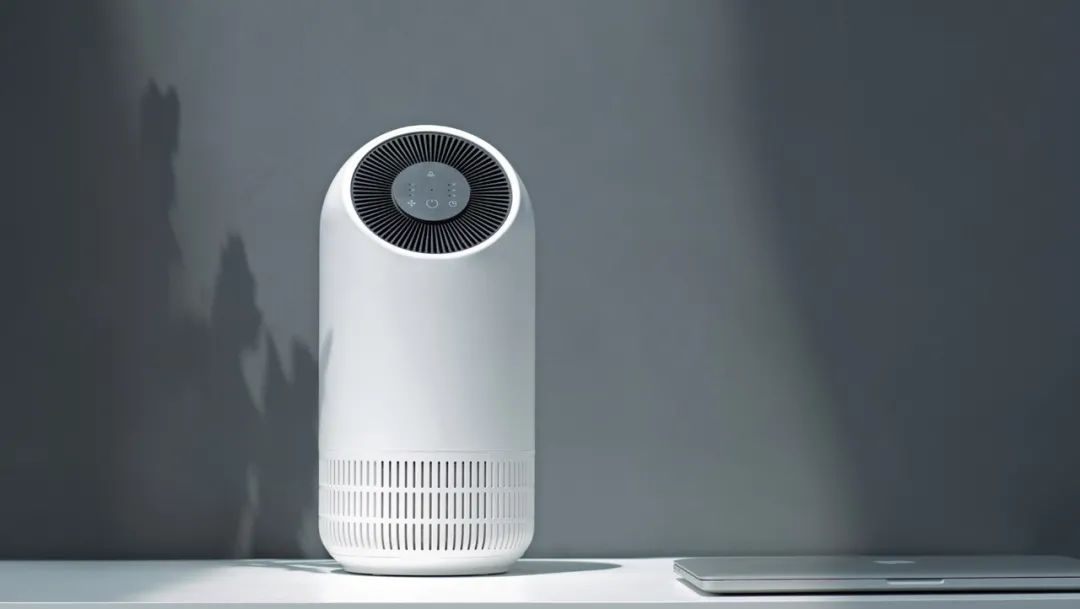
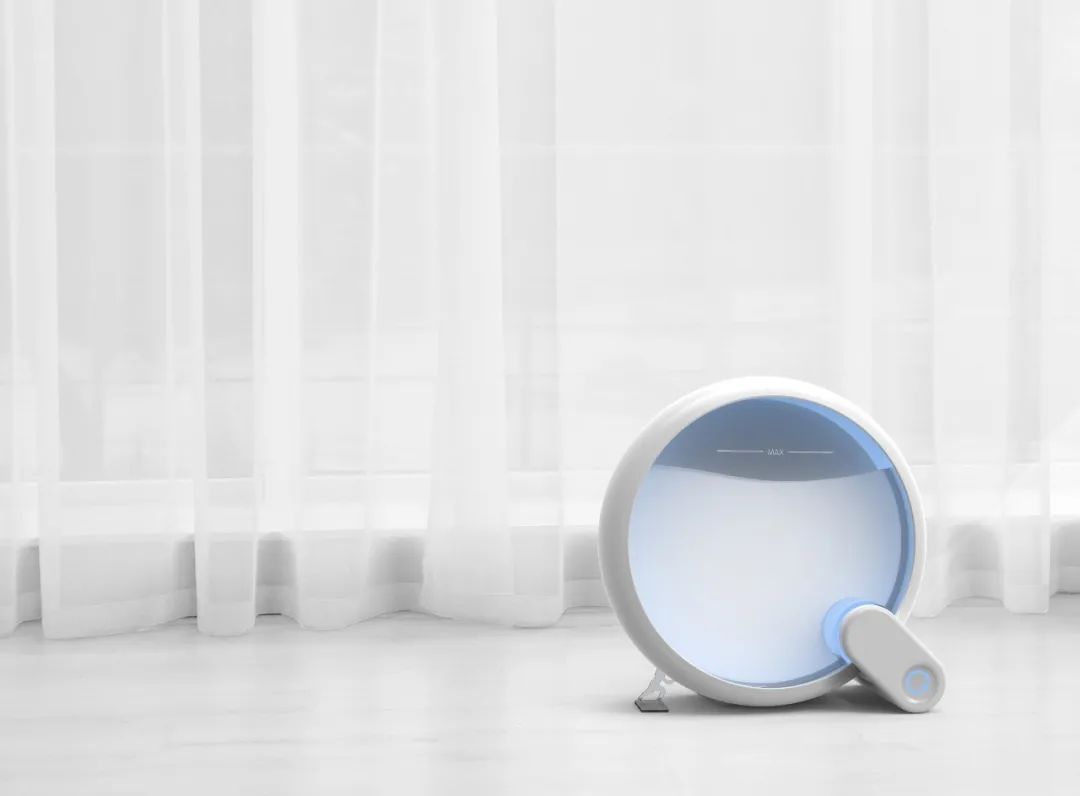
Smart products can create more intelligent scenarios through interconnection.
The first step in smart homes is connectivity, the second step is to achieve customized smart services, and the next step is to explore the value of data.
The greatest value of smart products compared to traditional products lies indata.In the past, traditional home appliance companies lacked long-term connections with users, especially many small and medium-sized B2B companies, whose products were sold to channels and wholesalers, ending the transaction.Today, everyone understands that user data is the most valuable asset.
Yingweitai has already connected data across R&D, products, sales, and usage. For example, if a user purchases a dehumidifier on an e-commerce platform and comments that the drainage pipe is too small, the R&D engineer can see this in the backend and immediately modify the product mold, adjust the production plan, and iterate the product.
Wang Fan stated that smart video products inherently have a demand for intelligence, serving as an extension of human sight and hearing. The complexity of video products is much higher than that of most other smart home products, making them more technology-intensive, thus involving a broader and deeper scope of intelligence.
Initial R&D investment is substantial. Mirui needs to continue focusing on this field, maintaining investment, and continuously honing its internal capabilities to enhance value.
Today, smart products have become the first choice for many users, but for these smart home companies, it is just the beginning. On weekends, Yu Gang enjoys visiting smart home stores to see the new products launched. He has noticed that initially, there were only smart sockets, but now there are increasingly more smart products. “I go to see what else I can do; I don’t want to just do lighting.”
In essence, smart home companies are relatively traditional production and sales enterprises. They generally share a characteristic: although they have become leaders in their respective niches, their overall scale is not very large. This means they find it challenging to be the first to lead significant changes in the market.
Maintaining the ability to learn, leveraging support appropriately, and being the first among peers to see opportunities is the best posture. Platform companies have already recognized the market’s value and are entering through various means, transforming this ancient industry. As more platforms pay attention to this market, the value and impact they bring will grow, leading to faster and more numerous changes.
Like the four companies mentioned in the article, every round of technological change will lead to market reshuffling, producing a batch and creating a new batch. How to seize new opportunities with the right posture, at the right time, and with the right partners is a key factor determining whether they can navigate the technological cycle and continue to thrive. This logic, though simple, remains unchanged through the ages.
New Economy · New Protagonists · New Variables
This column serves as a window into our observations of sample companies in the manufacturing industry during their smart transformation phase, exploring their thoughts, challenges, solutions, and strategies. Over the past five years, a series of new economic models, including smart hardware, smart homes, smart factories, and IoT operating platforms, have emerged, giving rise to new business protagonists and competitive models. We focus on changes in this field, hoping to discuss new variables and opportunities with new protagonists through a series of regularly written articles, fully depicting the digital transformation path of traditional industries, opening up new discussion spaces, and providing new ideas for the positive development of the industry.